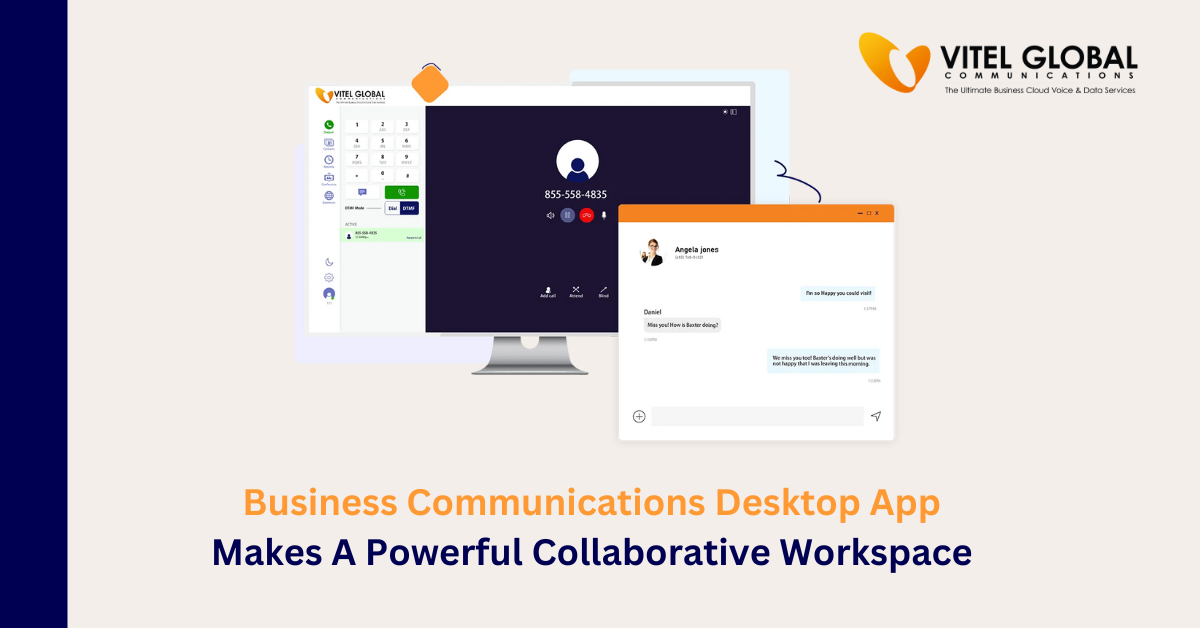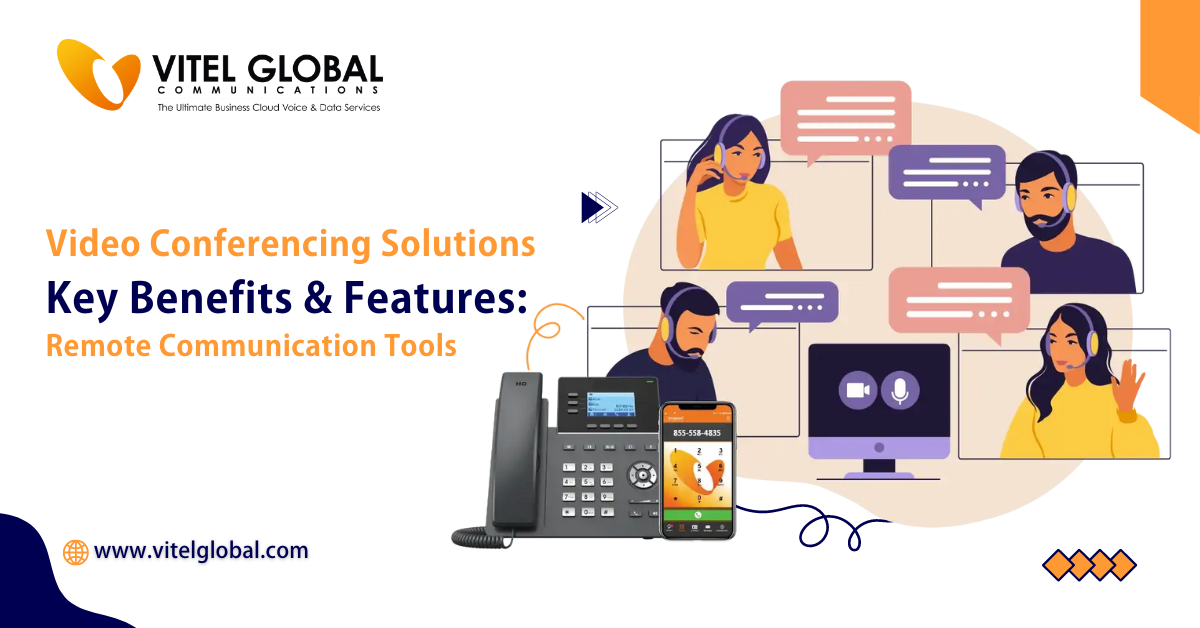Remote Office Systems: Strategies, Cost, and Benefits

4 min read
The concept of the traditional phone system has undergone a significant change. With advancements in technology and changing work preferences, many companies are embracing remote office phone systems as a viable alternative to the traditional office setup. In this article, we’ll explore the strategies, costs, and benefits associated with remote office systems, along with tips for successful implementation.
Introduction
A remote office system refers to the infrastructure and processes that enable employees to work from locations outside of a central office. This may include the use of digital tools for communication, collaboration, and task management.
With the rise of globalization and the increasing demand for flexibility among employees, it has become essential for modern businesses. They allow organizations to tap into a broader talent pool and provide employees with the flexibility to work from anywhere, at any time.
Strategies for Implementing Remote Office Systems
Assessing the Needs of Your Organization
Before implementing, it’s essential to assess the specific needs and requirements of your organization. This may involve evaluating the nature of your work, the size and structure of your team, and any existing technology infrastructure.
Choosing the Right Technology and Tools
Selecting the right technology and tools is crucial for the success of a remote office system. This may include communication platforms, project management software, and cybersecurity solutions for the needs of remote work.
Establishing Communication Protocols
Establishing communication protocols, such as regular check-ins, virtual meetings, and designated channels for different types of communication, can help ensure that teams stay connected and informed.
Challenges
Maintaining Productivity and Accountability
One of the main challenges is maintaining productivity and accountability among employees. Without the structure and supervision of a traditional office environment, some individuals may struggle to stay focused and motivated.
Addressing Security Concerns
With employees accessing company networks and sensitive data from remote locations, organizations must implement robust cybersecurity measures to protect against threats such as data breaches and cyber-attacks.
Overcoming Communication Barriers
Effective communication is essential to function smoothly. However, distance and technological barriers can sometimes hinder communication between team members, leading to misunderstandings and delays.
Switching To A Remote Phone System Offers Several Advantages
Firstly, it eliminates the need for expensive hardware by utilizing software applications known as softphones. These can be easily downloaded onto Android and Apple smartphones, as well as desktop computers running Mac or Windows. This shift not only saves businesses money but also provides flexibility for remote employees.
The remote phone systems come with a plethora of features, surpassing those of traditional phone lines. Most of these features are included in a flat rate, preventing surprise fees. This abundance of features enhances communication and productivity for remote teams.
Moreover, the process of adding new phone lines is swift and cost-effective. Unlike traditional PBX systems, there’s no need for extra phone lines or wiring installations. With just a few clicks, additional VoIP lines can be seamlessly integrated into the existing system.
Furthermore, opting for an annual agreement over month-to-month payments can lead to additional savings. Alternatively, reimbursing employees for their individual cell phone bills can also be a cost-effective solution. By leveraging these strategies, businesses can maximize their savings while enjoying the benefits of a modern remote phone system.
Benefits of Remote Office Phone System
Protect Personal Privacy
Remote office phone systems typically provide employees with separate work phone numbers or extensions that they can use for professional communication. This separation helps to keep personal and professional calls distinct, thus safeguarding the privacy of employees’ personal phone numbers.
This is particularly important in remote work scenarios where employees may need to use their personal devices for work-related calls. By using it, employees can maintain a level of privacy and control over their personal communication channels. Additionally, features such as call forwarding and voicemail can further enhance privacy by ensuring that work-related calls are appropriately managed without intruding on personal time and space.
Overall, the ability to maintain personal privacy while engaging in professional communication is a significant benefit. A cloud-based VoIP system provides both business phone numbers and personal use, ensuring separation between the two.
Increased Flexibility for Employees
Remote work allows individuals to balance their work and personal lives more effectively, leading to greater job satisfaction and higher levels of productivity. Additionally, it can broaden the talent pool for employers by enabling them to hire skilled individuals from diverse geographical locations. Moreover, it reduces the environmental impact associated with commuting, contributing to a more sustainable future.
Improved Work-Life Balance
It can also help enhance the balance between work and personal life for employees. By eliminating the need for lengthy commutes and offering more flexible working hours, remote work allows individuals to spend more time with their families and pursue personal interests outside of work.
Voice and Video Conferencing
Another significant benefit of a remote office phone system is the seamless integration of voice and video conferencing capabilities. With remote work becoming increasingly common, effective communication and collaboration tools are essential. It is for maintaining productivity and fostering teamwork among distributed teams.
- Voice Conferencing: These systems enable multiple participants to join a voice conference call simultaneously. This allows teams to conduct virtual meetings, discuss projects, brainstorm ideas, and make decisions in real-time, regardless of their physical locations. Voice conferencing promotes efficient communication and helps teams stay connected even when working remotely.
- Video Conferencing: Many remote office phone systems also offer video conferencing functionality, allowing participants to engage in face-to-face meetings via webcam or smartphone camera. Cloud Video conferencing solutions enhance communication by providing visual cues, fostering a sense of presence, and facilitating more engaging interactions compared to voice-only calls. It enables teams to collaborate effectively, share screens, give presentations, and build stronger relationships despite being geographically dispersed.
By integrating voice and video conferencing capabilities, remote office phone systems empower organizations to overcome the challenges of distance and facilitate seamless communication and collaboration among remote teams.
This not only improves productivity but also enhances employee engagement and satisfaction, ultimately contributing to the overall success of the business.
Published: December 23rd, 2020
Subscribe to Our Latest Updates
Get monthly product and feature updates, the latest industry news, and more!








